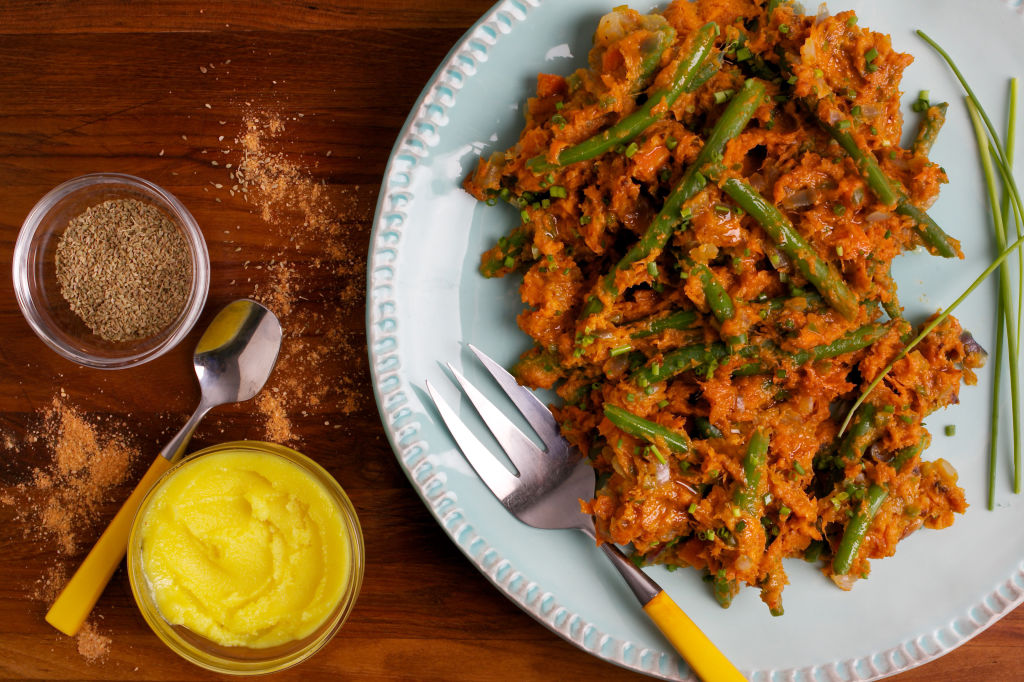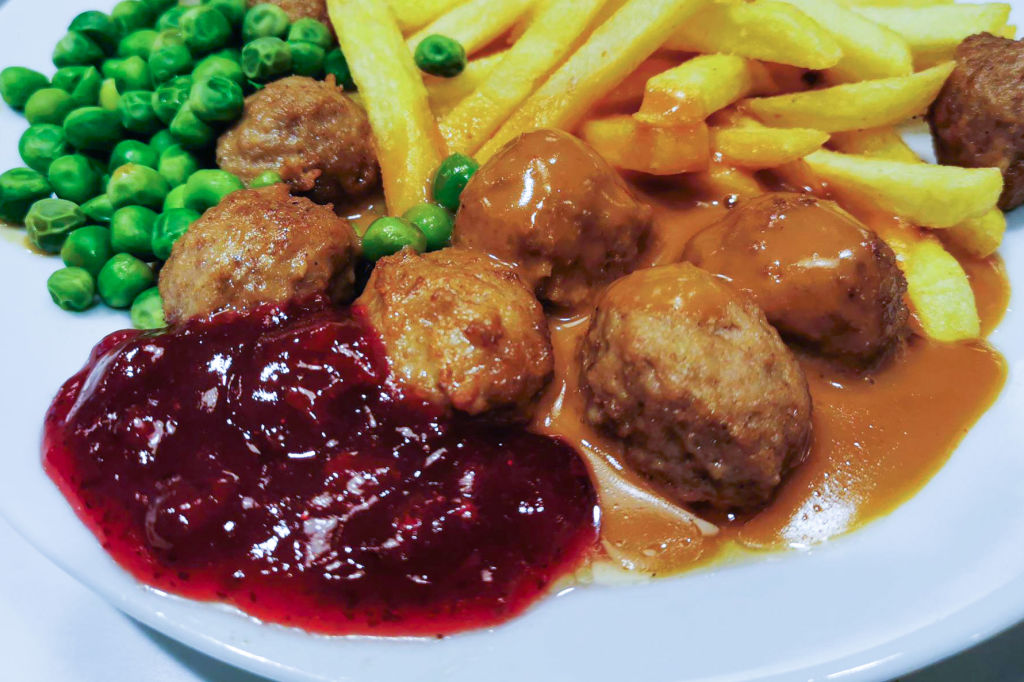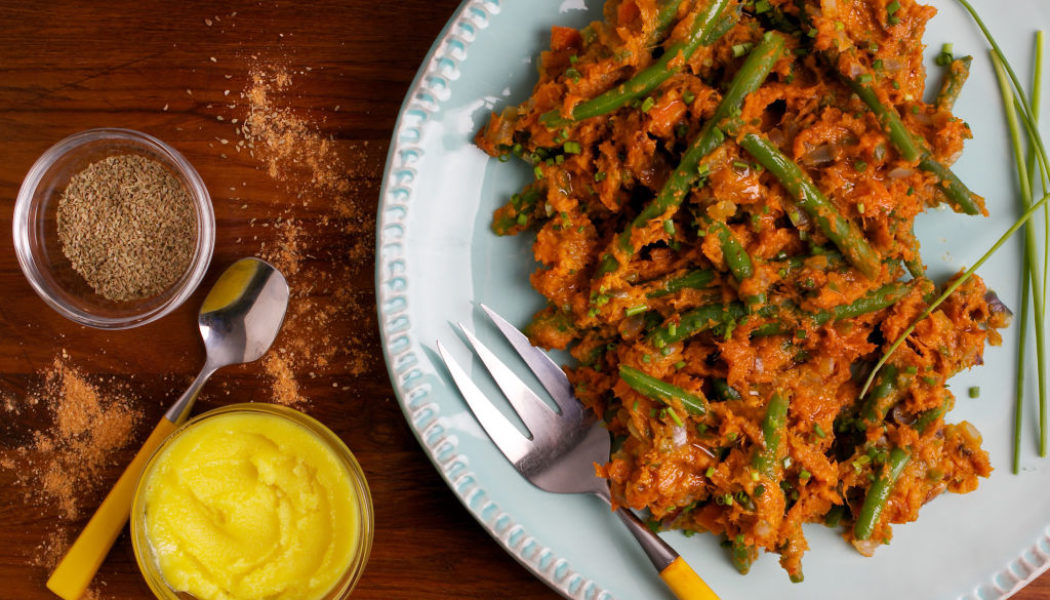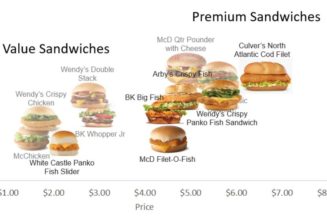Trendlines don’t lie. As this chart shows, in warmer countries, people eat spicier food. Conversely, the colder the climate, the fewer spicy ingredients in your cuisine. There are of course outliers and other exceptions (and we’ll get to those). But the three-pepper question is: Why do dishes in hotter climates use more spices?

That’s the topic of an article published in Nature in February 2021. By examining 33,750 recipes from 70 national and regional cuisines containing a total of 93 different spices, researchers wanted to test the oft-posited hypothesis that spicy food in hot countries is an adaptation to increased risk of foodborne diseases. They were unable to prove the hypothesis, citing the difficulty to interpret correlations between culture and environment.
Spicy food as a cool-down strategy
“Variation in spice use is not explained by temperature and… spice use cannot be accounted for by diversity of cultures, plants, crops or naturally occurring spices,” the researchers wrote in the article’s abstract. “Patterns of spice use are not consistent with an infection-mitigation mechanism, but are part of a broader association between spice, health, and poverty.”
The researchers suggest other explanations for why people in hot countries tend to eat spicier food. One possibility is that it’s because spices help preserve food in hot climates. Another is that people in hot countries have developed a taste for spicy food because it helps them cool down.
Whatever the reason, the correlation does exist. Looking at the graph, we see that countries and regions with a higher mean annual temperature (in °C, on the x-axis) tend to use more spices (mean number of spice ingredients per recipe, on the y-axis).
Some of the world’s spiciest food comes from countries with the hottest climates: Indonesia and Thailand, the Caribbean and Kenya, and several Indian states, including Punjab, Rajasthan, and Gujarat. These places cluster together in the upper right corner of the graph. One country outdoes all of them: Ethiopia, spicier by far, despite having a slightly lower average temperature than all of them.
How do Ethiopians have any tastebuds left?
If you want to know just how spicy Ethiopian cooking can get, try some doro wat, a fragrant, slow-cooked chicken stew that one reviewer describes as, “Very spicy. Super spicy. Like I-don’t-know-how-Ethiopians-have-any-taste-buds-left spicy.” On the other hand, some very hot countries are considerably less spicy: the Philippines is in the same spiciness league as Hungary, and Ghana is as spice-poor as the UK.

Cuisines of the East Asian mainland show a remarkable consistency in spice use — between two and four spice ingredients per recipe — and this whether they have a relatively cold climate (like the Chinese provinces of Xinjiang or Shanxi) or a hotter one (such as the Yue and Hong Kong cuisines from southern China).
The least spicy recipes are from Japan, with those from Hokkaido barely managing one spice ingredient per recipe, which is still a higher average than the dishes from Kyushu, Shikoku, and other regions of the country.
Much of Europe is spice-less
Europe is a bit all over the place. The Scandinavian countries cluster affirmingly around the trendline. Poland and Italy, both warmer and spicier, are exactly on the line. Recipes in France and German-speaking Europe (DACH combines the country codes for Germany, Austria and Switzerland) are as spiceless as British ones.
Portugal is the spiciest European country in the graph, almost on par with the U.S. A distinction is made between recipes from the northern and southern U.S., but at least in terms of spice ingredients, there is hardly a difference. On the climate/spiciness spectrum, the American South occupies a position that is virtually identical to Lebanon and Iran.

Indian food is generally very spicy (no surprises there), but there is considerable variation between the cuisines. Cooking in the Jain tradition is the least spicy, roughly on par with Greek food. Bengal and Gujarati dishes are about as spicy as Portuguese and American food. The spiciest Indian food comes from Rajasthan, Punjab, and especially the Mughlai, a region in northern India where the Mughal Empire left a strong cultural legacy, also in the kitchen.
While this graph is doubtlessly well researched, it should come with two caveats. First, “spicy” and “hot,” while colloquially used as synonyms, don’t entirely overlap. There are also spices that are sweet (e.g. vanilla), savory (such as coriander), or citrusy (like ginger).
And second, it overlooks the evolving palates of the modern world. Take chicken tikka masala, often cited as modern Britain’s national dish. It was invented in Britain (probably in the 1970s, in either London or Glasgow, by Pakistani or Bangladeshi chefs). Although milder than genuine subcontinental dishes, your average chicken tikka masala is still spicier than a full English breakfast, fish and chips, and other more traditional British fare.
Strange Maps #1225
Read the full article here: L Bromham et al, Nature Human Behavior, 2021
Got a strange map? Let me know at [email protected].
Follow Strange Maps on X and Facebook.
In this article









